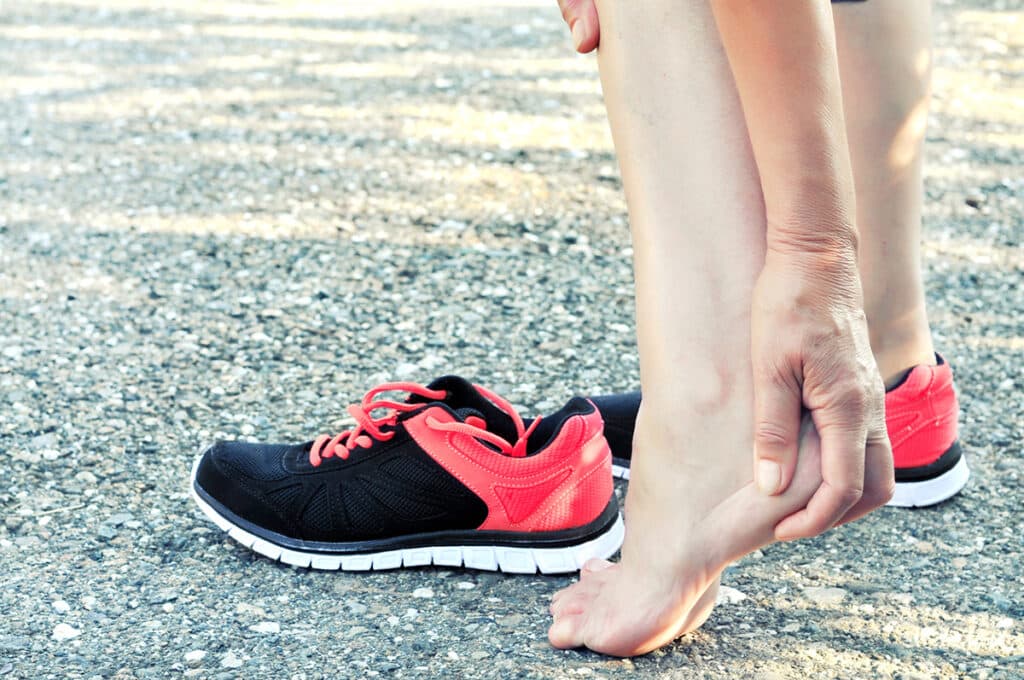
Have you been experiencing sharp pain in your heels? Does it feel like you are walking on a stone? You might be suffering from heel fat pad syndrome. This condition occurs when the fat pad located at the bottom of your heel wears down. Heel fat pad syndrome pain often comes in stages, making it crucial to understand what to expect. In this article, we will dive into the different stages of heel fat pad syndrome pain, and how physiotherapists and chiropractors can help alleviate it.
Stage 1: The earliest sign of heel fat pad syndrome usually involves mild pain that you might dismiss as normal wear and tear. It could feel like a dull ache in your heel, especially after standing for long periods. Physiotherapists suggest rest, ice, and elevation to help alleviate the pain in the early stages.
Stage 2: If the condition is left untreated, the pain in your heel will worsen. You may feel like stepping on glass or a sharp object. The pain could also radiate to your toes. At this stage, you may benefit from a heel pad or orthotics. A chiropractor can help alleviate the pain by adjusting the feet and realigning the body.
Stage 3: In the final stage of heel fat pad syndrome pain, the pain is intense and constant. The ball of your foot may become swollen, and there might be visible deformities. In such cases, surgery might be necessary. Your physiotherapist or chiropractor can recommend a specialist that can help with the surgery.
Preventative Measures: Considering this condition’s painful stages, it is vital to take preventative measures and practice good foot hygiene. Wearing comfortable shoes with good arch support can help alleviate pressure on the heels. Losing weight can also help reduce the stress on the feet. Finally, performing regular stretches, such as the plantar fascia stretch, can also help prevent heel fat pad syndrome.
How Physiotherapists and Chiropractors Can Help: Physiotherapy and chiropractic treatments can help alleviate heel fat pad syndrome pain. Physiotherapists can provide ultrasound and electrical stimulation to increase circulation in your feet. They can also create a treatment plan that includes stretching and exercises to strengthen the muscles surrounding your heel. Chiropractors can help by adjusting the feet and realigning the body to decrease the stress on your feet and provide acupuncture.
Heel fat pad syndrome pain can come in stages and progress to a debilitating condition without proper treatment. It is essential to seek treatment from a physiotherapist or chiropractor as soon as you feel discomfort in your heels. With the help of preventative measures and professional care, you can alleviate the pain and prevent the condition from progressing. Remember to practice good foot hygiene, wear comfortable shoes, and perform regular stretches to keep your feet in good health.
If you have any questions or would like to explore further, please book a free, no-charge online appointment with either myself, Nitin Nair, BPT, R/TRO DIP, PT, or other Kitchener physiotherapists at CARESPACE. We are happy to listen and are here to help!

